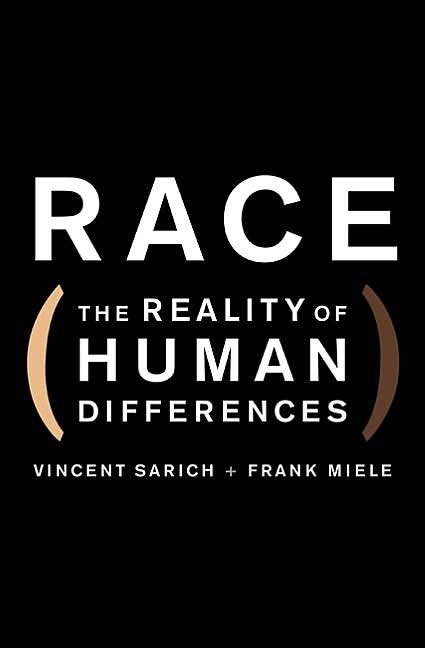The 0.1% genetic difference that differentiates any two random humans is still the subject of much debate. The discovery that only 8% of this difference separates the major races led some scientists to proclaim that race is biologically meaningless. They argue that since genetic distance increases in a continuous manner any threshold or definitions would be arbitrary. Any two neighboring villages or towns will show some genetic differentiation from each other and thus could be defined as a race. Thus any attempt to classify races would be imposing an artificial discontinuity on what is otherwise a naturally occurring continuous phenomenon.
However, other scientists disagree by claiming that the assertion that race is biologically meaningless is politically motivated and that genetic differences are significant. Neil Risch states that numerous studies over past decades have documented biological differences among the races with regard to susceptibility and natural history of a chronic disease. Effectively Neil Risch is attempting to redefine "race" for human populations to represent that small proportion of variation that is known to vary between continental populations. It is well established, that the level of differentiation between the continental human groups, as measured by the statistic FST is about 0.06-0.1 (6-10%), with about 5-10% of variation at the population level (that is between different populations occupying the same continent) and about 75-85% of variation within populations.(Risch et al., 2002; Templeton, 1998; Ossorio and Duster, 2005; Lewontin, 2005). Tempeton (1998) states that in biology a level of 0.25-0.3 (20-30%) of differentiation normally accepted in biological literature for a population to be considered a race or subspecies.
"A standard criterion for a subspecies or race in the nonhuman literature under the traditional definition of a subspecies as a geographically circumbscribed, sharply differentiated population is to have FST values of at least 0.25 to 0.3 (Smith et al. 1997). Hence as judged by the criterion in the nonhuman literature, the human FST value is too small to have taxonomic significance under the traditional subspecies definition."(Templeton, 1998)
Indeed Neil Risch himself avoids defining race, when asked to respond to the comment "Genome variation research does not support the existence of human races.” he replied
What is your definition of races? If you define it a certain way, maybe that's a valid statement. There is obviously still disagreement....Scientists always disagree! A lot of the problem is terminology. I'm not even sure what race means, people use it in many different ways.(Gitschier, 2005)









